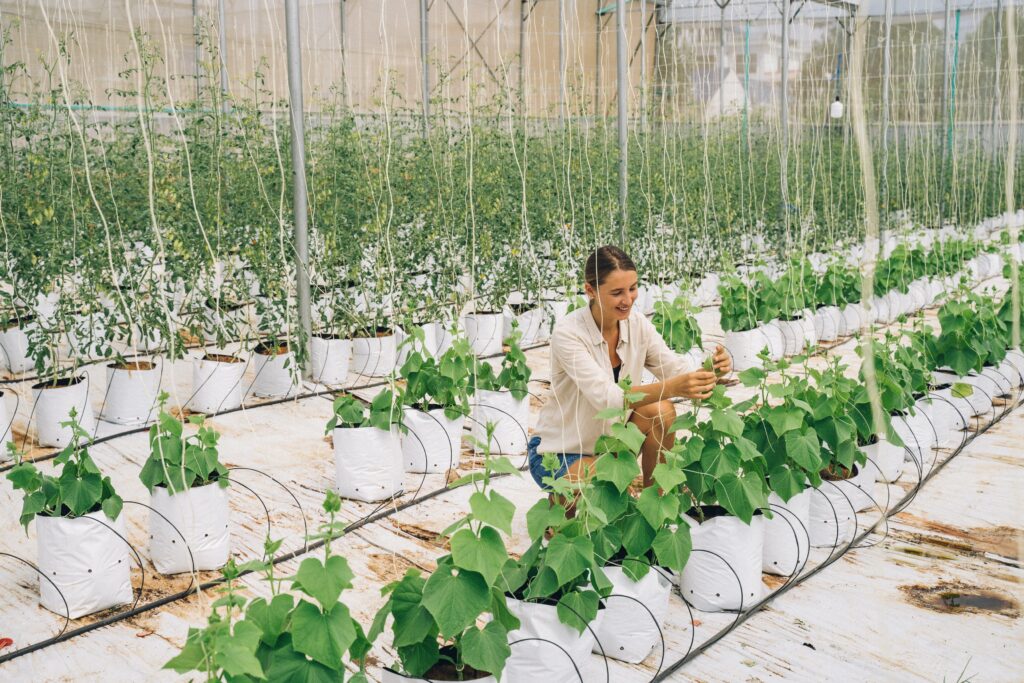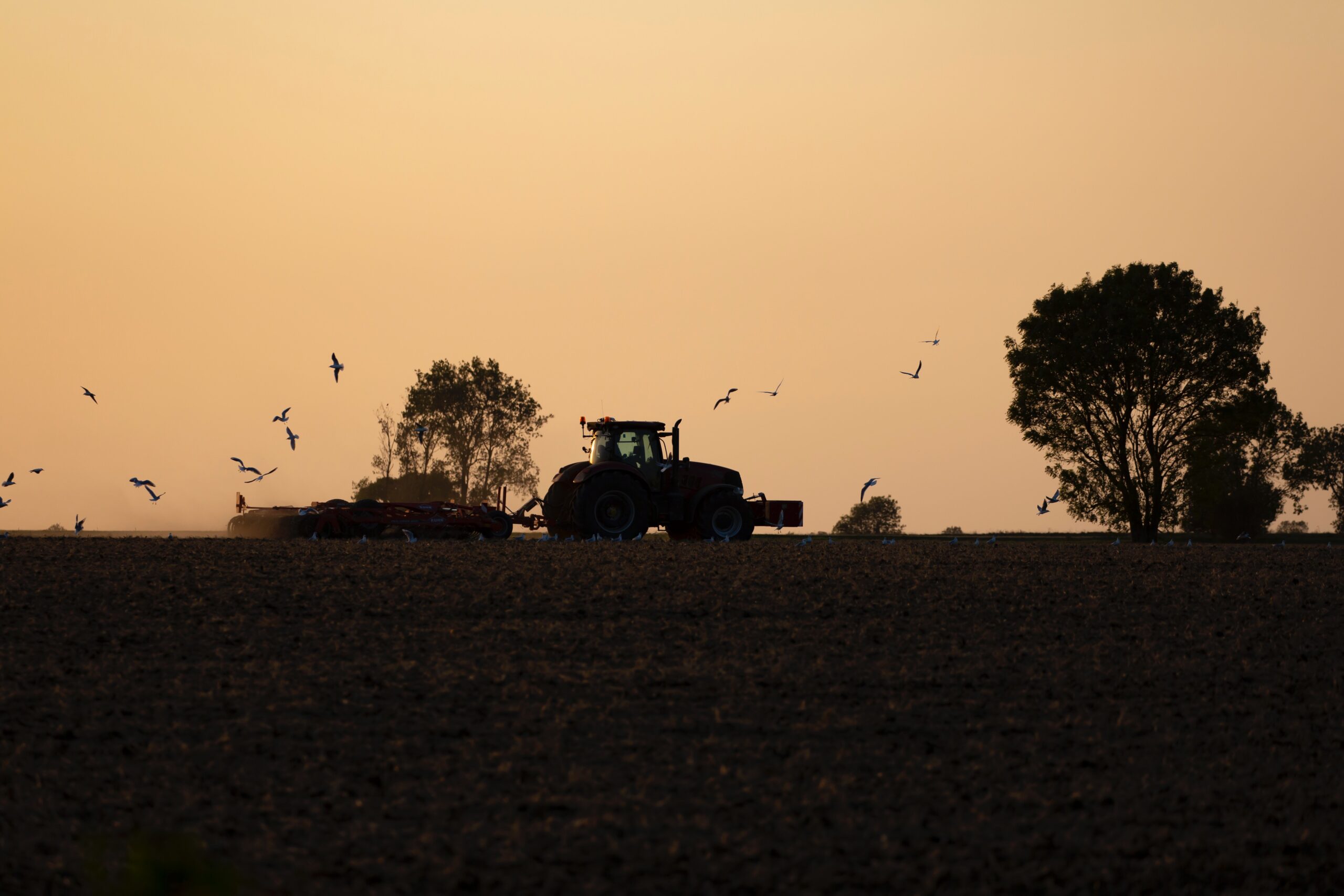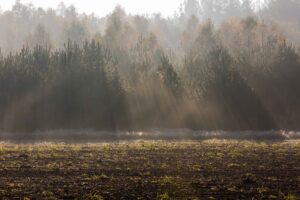The United States farming industry is in a massive state of transition. The industry is transitioning from traditional farming practices to more modern, efficient methods. This transition is occurring due to a variety of factors. This includes the increasing cost of inputs, the changing climate, and the evolving consumer preferences.
Climate change poses a serious threat to the global food supply. Extreme weather events, such as droughts and floods, can damage crops and livestock, leading to shortages and high prices. In addition, loss of arable land due to development puts pressure on the agricultural industry. This is because there is less land available to grow crops. The number of people working in the farming industry has been slowly declining for decades. This makes it difficult to meet the growing demand for food.
Farming is experiencing rapid innovation. Smart technology is changing what it means to work in agriculture, and also how Americans interact with their food on a daily basis.
Modernization of Agriculture

Farmers have long been at the mercy of the weather, with its many unpredictable and often damaging conditions. But now, there is a concentrated effort to modernize the agriculture industry and data-driven weather intelligence is the key to sustainability.
By using data to make decisions about when to plant and harvest, what crops to grow, and how to care for them, farmers can be more efficient and effective in their work. This data-driven approach also helps to minimize the impact of weather-related problems on crops and yields.
Data Analysis in Agriculture
The term “big data” refers to data sets that are too large or complex to be processed using traditional data processing techniques. Agriculture is one of the many industries that is starting to leverage big data in order to improve efficiency and gain insights that would otherwise be unavailable.
You can use big data in different ways in agriculture, including automatic data collection, predictive analytics, and AI-driven insights. One example is using sensors to automatically collect data on things like soil moisture levels, planting depth, and yield. This data can then be used to improve irrigation schedules, optimize fertilizer use, and optimize crop rotations.
Predictive analytics can also be used to help farmers make decisions about things like pricing, planting, and harvesting. By analyzing past data, predictive analytics can give farmers insights into things like what crops will be in demand and what prices to expect.
You can also use big data in agriculture through AI-driven insights. You can use AI to help identify patterns and trends in data sets, which you can then use to make predictions about things like crop yields and pest infestations.
The vision of sustainable agriculture involves people in a variety of capacities throughout the industry. We will explore how we got to this point and why modern agricultural practices are the logical next step for the world to thrive.
Sustainable Agriculture
“Sustainable agriculture” is used to describe farming and ranching practices that are environmentally sound, economically viable, and socially just. It integrates three main goals – environmental health, economic profitability, and social and economic equity. These goals have been defined by a variety of stakeholders, including farmers, ranchers, environmentalists, government officials, and scientists.
The concept of sustainable agriculture has been around for centuries, but it has only gained widespread attention in recent decades. This is due in part to the growing awareness of the environmental problems caused by traditional farming and ranching practices. As our population continues to grow and the demand for food increases, it is essential that we find ways to produce food that are environmentally sustainable.
There are a number of different approaches to sustainable agriculture, but all share a common goal of creating a system that can be maintained indefinitely. Some of the most popular sustainable agriculture practices include organic farming, conservation tillage, and integrated pest management.
Benefits of Transitioning to Sustainable Agriculture
The benefits of transitioning to sustainable agriculture are vast. Sustainable agriculture practices can help to improve soil health, water conservation, and air quality, while also providing economic benefits to farmers and producers.
1. Protecting the environment and preventing pollution.
By practicing sustainability, farmers can diminish dependence on nonrenewable energy, cut back on chemicals, and conserve resources. Maintaining land health and fertility can go a long way when considering the expanding population and demand for food.
2. Lowering costs and focusing on profits
Farming smarter and more efficiently moving food from farm to fork will benefit everyone involved with the agriculture industry. IoT data from sensors installed in everything from seed drills, sprayers, and spreaders to drones, satellite imagery, and soil turn surprises into rarities.
3. Improving food production while being efficient and not wasting resources.
As we have mentioned before, the expected population growth is worrying. Today, we have the chance to improve farming practices from a purely production perspective, and sustainable agriculture is the most promising option.
Sustainable agriculture refers to farming practices that are environmentally friendly and that can be sustained over the long term. This type of agriculture takes into account the impact of farming on the environment, and seeks to minimize that impact. Sustainable agriculture also seeks to be economically viable. This is so that farmers can make a livable wage while still producing food for the community.






2 comments
벳위즈
At this time I am going away to do my breakfast, once having my
breakfast coming yet again to read further news.
gateio
I have read your article carefully and I agree with you very much. So, do you allow me to do this? I want to share your article link to my website: gateio